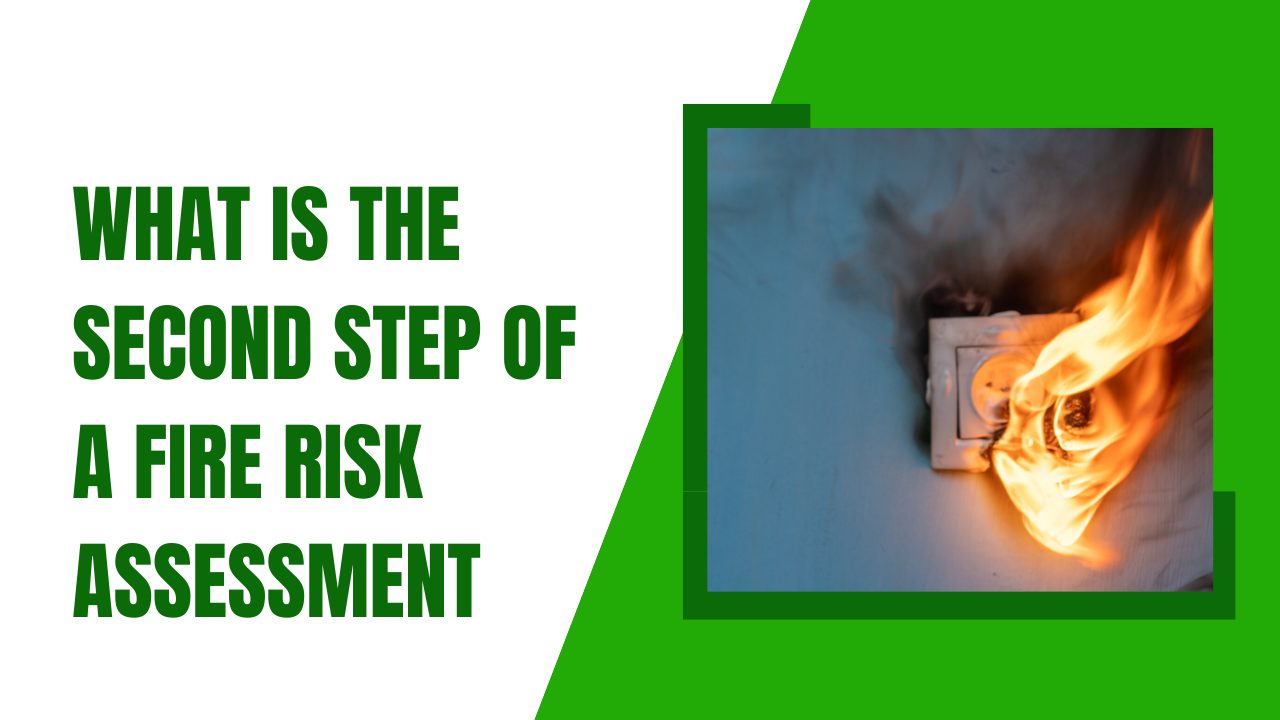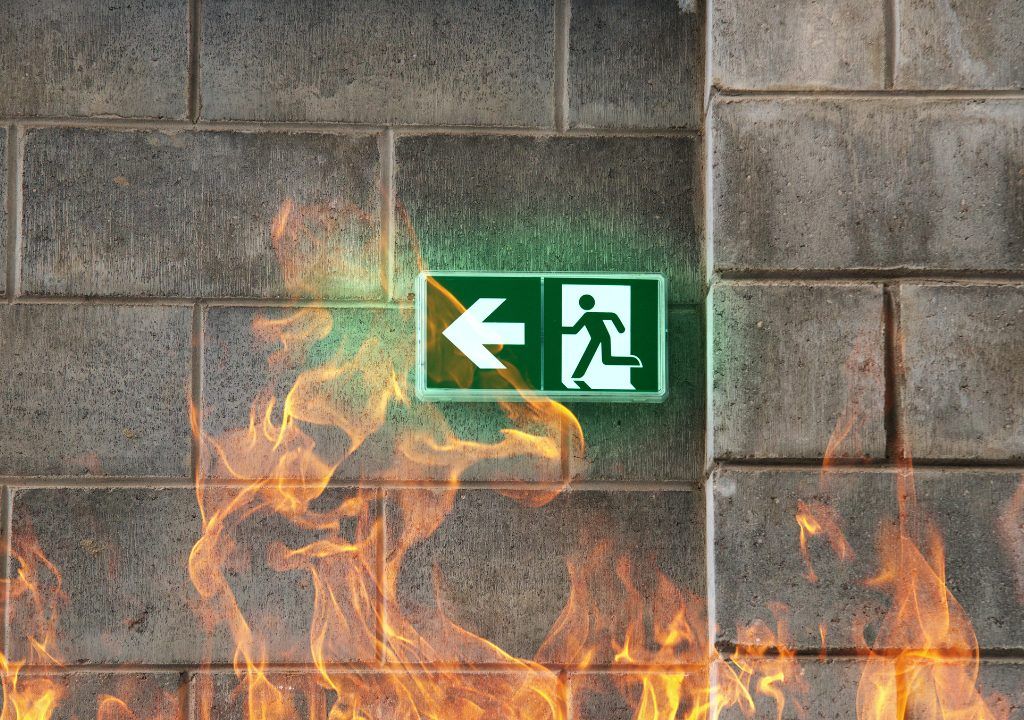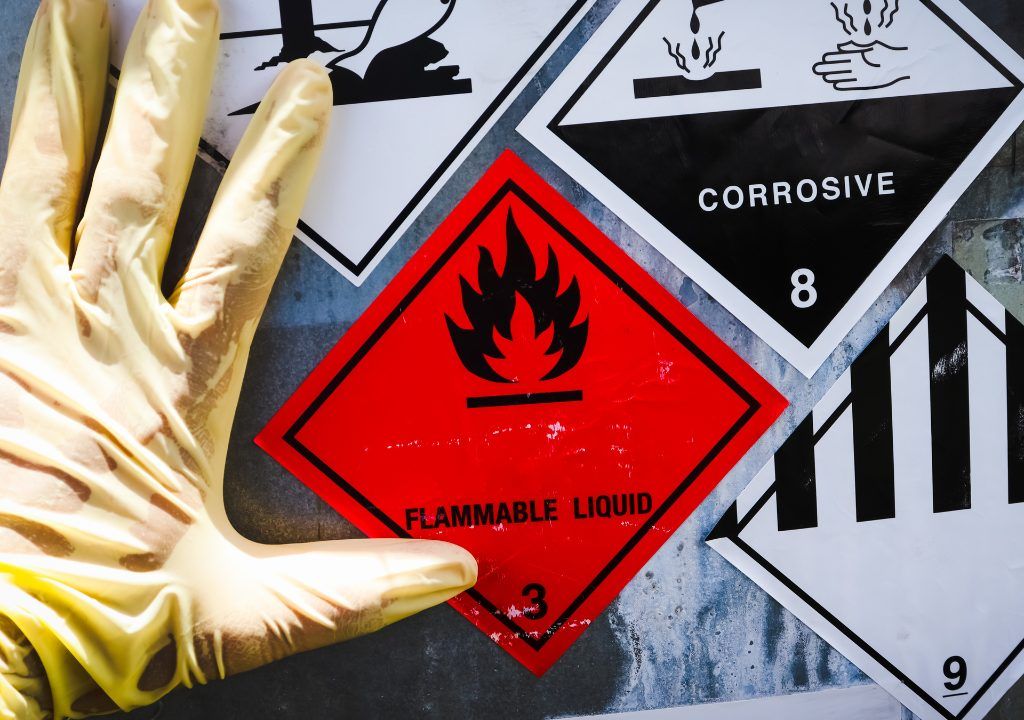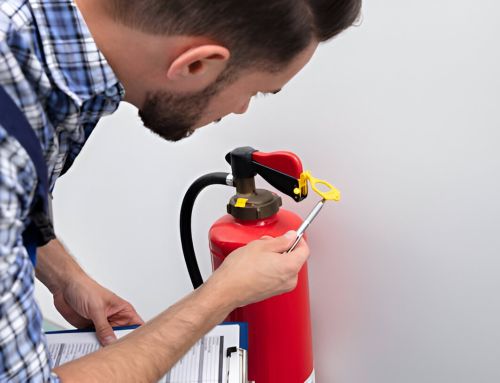
I am beginning the process of assessing fire risk, the second step beckons me to unravel a crucial layer: identifying the individuals who could be most vulnerable if a fire were to break out.

This pivotal stage goes beyond mere structural evaluations, delving into the intricacies of human safety within the premises.
Stay tuned as we uncover the significance of pinpointing those at risk and explore the proactive measures essential for safeguarding lives and properties in the face of potential fire emergencies.
Understanding Fire Risk Assessment
Understanding Fire Risk Assessment involves identifying potential fire hazards, evaluating risks, and implementing preventive measures to ensure safety in a structured and efficient manner. Risk evaluation is a fundamental aspect of this process, where each hazard’s potential impact is carefully assessed.
Safety precautions play a crucial role in mitigating these risks, requiring proactive measures to minimize the chances of a fire occurring. Emergency planning is essential to prepare for unforeseen events, ensuring that all individuals, especially vulnerable populations like children or the elderly, are accounted for in evacuation procedures.
Developing detailed evacuation procedures is critical to guarantee a swift and organized response in the event of a fire emergency. By prioritizing risk evaluation, implementing robust safety precautions, meticulous emergency planning, and considering the needs of vulnerable populations in evacuation procedures, Fire Risk Assessment can effectively enhance safety measures and protect lives within any environment.
Step One: Identifying Fire Hazards

After identifying potential fire hazards and evaluating risks in the fire risk assessment process, the first step involves actively inspecting the environment to identify and assess potential sources of fire. This includes analyzing ignition sources, fuel sources, and oxygen availability to determine the likelihood of a fire starting.
Emergency procedures and safety measures must be considered during this phase to ensure adequate preparation for potential fire incidents. Risk factors such as the presence of flammable materials or faulty electrical systems should be thoroughly assessed to mitigate potential hazards.
Evacuation plans need to be formulated based on the identified fire risks to guarantee a safe and efficient evacuation in case of an emergency. Hazard mitigation strategies should be implemented to proactively reduce fire risks and enhance overall safety measures within the environment.
Step Two: Identifying People at Risk
In assessing fire risks, it’s essential to identify individuals who may be vulnerable or exposed to potential dangers. Considerations must be made for vulnerable individuals such as children, the elderly, people with disabilities, and those working in close proximity to fire hazards. Developing comprehensive evacuation plans tailored to the needs of these groups is crucial. Safety training plays a pivotal role in preparing individuals to respond effectively during emergencies, ensuring their well-being.
Risk assessment involves evaluating the specific risks faced by different groups, understanding their unique requirements, and implementing measures to mitigate these risks. By identifying people at risk, businesses can proactively address safety concerns and prioritize the well-being of all individuals within their premises. Effective evacuation plans, coupled with ongoing safety training, are essential components of a robust fire risk assessment strategy.
Prioritizing the safety of all individuals, especially vulnerable groups, is paramount in creating a secure environment.
Details of the Second Step
As we move forward to explore the second step of fire risk assessment, we shift our focus towards the detailed process of identifying individuals at risk in the event of a fire.
In this step, risk evaluation plays a crucial role in determining the safety precautions required to protect vulnerable groups during fire incidents. Evaluating potential risks allows for the development of effective evacuation procedures tailored to the specific needs of different individuals, especially vulnerable groups such as children, elderly, and those with disabilities. Emergency response plans are then formulated based on these evaluations, ensuring a coordinated and efficient response in case of a fire emergency.
Considerations for Vulnerable Individuals
Considering the specific needs of vulnerable individuals is paramount when formulating fire emergency response plans to ensure their safety and well-being during potential incidents. Vulnerable populations, such as children, the elderly, and individuals with disabilities, require special safety considerations to effectively respond to fire emergencies.
Evacuation planning must account for the unique challenges these groups may face during evacuations, including mobility issues or sensory impairments. Emergency response procedures should be tailored to address the specific needs of vulnerable individuals, ensuring that they receive prompt assistance and support during a fire incident.
Risk mitigation strategies should focus on preemptive measures to reduce the likelihood of harm to vulnerable populations, such as installing specialized alarms or creating designated safe areas within buildings. By prioritizing the safety of vulnerable individuals in fire risk assessments, organizations can enhance their overall emergency preparedness and ensure comprehensive protection for all occupants.
Frequently Asked Questions
How Can Technology Aid in the Identification of Fire Hazards During the Second Step of a Fire Risk Assessment?
Technology integration enhances hazard detection in fire risk assessments by utilizing advanced sensors and AI algorithms. This aids in comprehensive risk assessment, refining safety protocols, and optimizing emergency planning. It streamlines processes, improves accuracy, and ensures proactive fire prevention measures.
Are There Specific Legal Requirements or Regulations That Need to Be Considered When Identifying People at Risk During a Fire Risk Assessment?
When identifying people at risk in a fire risk assessment, regulatory compliance, especially regarding vulnerable populations, is crucial. Utilize risk assessment tools, emergency planning, and safety protocols to ensure legal adherence and comprehensive protection.
What Are Some Common Challenges Faced When Evaluating the Risks to People During the Second Step of a Fire Risk Assessment?
Challenges evaluating risks to people in a fire risk assessment involve identifying vulnerable groups, coordinating evacuation procedures, and ensuring staff training in safety protocols. Mitigation includes emergency response planning and developing tailored training programs.
How Can Communication and Coordination Play a Role in Effectively Identifying People at Risk During a Fire Risk Assessment?
Communication and coordination are pivotal in identifying at-risk individuals during fire risk assessments. By exchanging information efficiently, implementing safety measures, considering various risk factors, and developing effective evacuation plans, we enhance overall safety protocols.
Are There Any Emerging Trends or Best Practices in the Industry That Are Influencing the Way People at Risk Are Identified in Fire Risk Assessments?
In risk mitigation, data analytics and community engagement enhance identifying vulnerable populations in fire risk assessments. Training programs are crucial. Emphasizing these trends ensures effective risk assessment and tailored protection for all individuals involved.
Conclusion
In conclusion, identifying individuals at risk in a fire risk assessment is crucial for implementing targeted safety measures and ensuring a swift response in emergencies. By recognizing vulnerable groups and specific needs, proactive steps can be taken to protect lives and properties effectively.
This second step is essential in creating a comprehensive fire safety strategy that prioritizes the safety and well-being of all individuals in any given environment.
Contact us now to schedule an appointment for a fire risk assessment.



